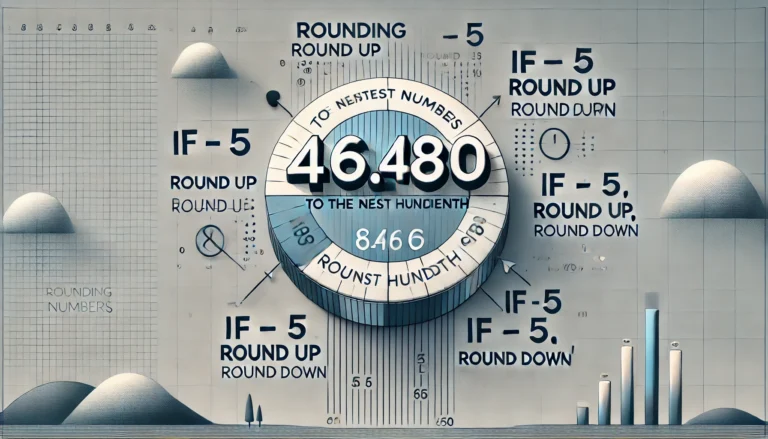
Fred Durst, the unmistakable frontman of Limp Bizkit, is a name synonymous with the nu-metal movement of the late ’90s and early 2000s. While Limp Bizkit rocketed him to global fame, his career has been far more multifaceted. Durst’s ventures outside the band have revealed his ability to transcend musical boundaries and extend his influence into other creative realms. This blog will dive deep into some of Fred Durst’s most memorable collaborations and side projects that have highlighted his versatility and desire to push creative boundaries.
The Rise of Limp Bizkit and Durst’s Persona
Fred Durst’s journey into fame began with the formation of Limp Bizkit in 1994. As the band blended rock, metal, and hip-hop elements, it quickly garnered attention with hits like “Break Stuff,” “Nookie,” and “Rollin’.” Durst’s high-energy performances, unique vocal delivery, and rebellious persona turned Limp Bizkit into a cultural force. By the early 2000s, the band was a household name, giving Durst a platform to expand into other areas of the entertainment industry. His role as the lead singer became the stepping stone for numerous collaborations and side projects that would follow.
Durst and Method Man: “N 2 Gether Now”
One of Fred Durst’s most iconic collaborations was with Method Man, a member of the legendary Wu-Tang Clan. In 1999, the duo released “N 2 Gether Now,” a track from Limp Bizkit’s Significant Other album that combined Durst’s aggressive style with Method Man’s smooth, effortless flow. The collaboration was praised for blending the worlds of rock and hip-hop in a way that resonated with fans of both genres. The music video, directed by Durst, featured an East Asian martial arts theme and showcased Durst’s creative input beyond just music.
This collaboration highlighted Durst’s willingness to step outside his musical comfort zone, embracing hip-hop culture and proving his versatility as an artist. “N 2 Gether Now” remains one of Limp Bizkit’s most recognizable tracks, cementing Durst’s reputation for successful cross-genre collaborations.
Directing Career: Fred Durst Behind the Camera
While most people know Fred Durst as a musician, few realize his substantial contributions to the film industry as a director. His directorial career began in the early 2000s, and by 2007, Durst made his full-length feature film debut with The Education of Charlie Banks. This indie drama, starring Jesse Eisenberg and Jason Ritter, told the coming-of-age story of a young man’s moral dilemmas and was well-received by critics for its nuanced storytelling. The film even earned an award at the Tribeca Film Festival, validating Durst’s skill as a filmmaker.
How Remote Patient Monitoring Enhances Healthcare Efficiency
Following that success, Durst directed The Longshots (2008), a sports drama starring Ice Cube and Keke Palmer. The film chronicled the true story of Jasmine Plummer, the first female quarterback to play in a Pop Warner football tournament. Durst’s transition from frontman to film director was surprising to many but showcased his ability to tell stories in different mediums. His directorial efforts helped him move away from the “bad boy” image he cultivated in the early days of Limp Bizkit, showing a more thoughtful and creative side.
Collaborations with Korn and Jonathan Davis
As part of the nu-metal scene, Durst often worked with other bands that defined the genre, and one of his most notable partnerships was with Korn. The relationship between Durst and Korn frontman Jonathan Davis was particularly close. Durst made an early cameo in Korn’s music video for “Got the Life,” and the two bands frequently toured together. Additionally, Durst contributed vocals to Korn’s Follow the Leader album on the track “All in the Family,” which featured a humorous back-and-forth rap battle between Durst and Davis.
Their collaborations extended beyond the studio, as Durst often cited Korn as one of Limp Bizkit’s biggest influences. The friendship and professional relationship between Davis and Durst were instrumental in shaping the nu-metal genre, and their frequent collaborations helped blur the lines between alternative metal and rap-rock.
Working with Christina Aguilera: Breaking Boundaries
One of Fred Durst’s most unexpected collaborations came in 2000 when he performed with pop icon Christina Aguilera at the MTV Video Music Awards. At the time, Aguilera was one of the biggest names in pop music, and Durst’s decision to collaborate with her was seen as controversial, especially given the aggressive, male-dominated image Limp Bizkit had built. The two performed a duet of “Livin’ It Up” and “Come on Over Baby,” blending pop and rock in a way that surprised audiences.
Essential USA Hoodies: Where Comfort Meets Fashion
The collaboration sparked rumors of a personal relationship between the two, which both parties denied. However, Durst later admitted in interviews that the partnership was a bold move to challenge the conventions of both genres. While some Limp Bizkit fans were confused by the pairing, the collaboration demonstrated Durst’s willingness to push boundaries and break stereotypes in the music industry.
Acting Career: Stepping into the Spotlight
Fred Durst’s creative ventures didn’t stop at music and directing—he also dabbled in acting. His most notable role came in 2005 when he appeared in the film Population 436, a psychological thriller where Durst played a police officer named Bobby Caine. Although the movie wasn’t a blockbuster hit, Durst’s performance was well-received, with critics praising his ability to step into a serious acting role after years of playing the rebellious frontman of Limp Bizkit.
Durst also appeared in smaller roles and made guest appearances on television shows, showing his willingness to diversify his talents. His acting career may not have reached the heights of his music and directing, but it showcased yet another dimension of Durst’s artistic range.
Limp Bizkit’s Reunion and New Music
Although Limp Bizkit went on a brief hiatus in the mid-2000s, Fred Durst never completely left the music world. The band reunited in 2009, releasing Gold Cobra, their first album in seven years. Durst returned to the stage with the same energy and intensity that had made him famous, but he also brought with him the experiences and knowledge gained from his side projects. The reunion was a chance for Limp Bizkit to reconnect with their fanbase, but it also allowed Durst to experiment with new musical directions.
In subsequent years, Durst hinted at a variety of side projects, including solo music and collaborations with other artists. His involvement in new music and the resurgence of Limp Bizkit solidified his place in the ever-evolving world of rock.
Durst and Lil Wayne: “Ready to Go”
In 2013, Fred Durst teamed up with rapper Lil Wayne for the single “Ready to Go.” This collaboration was a testament to Durst’s continued interest in blending rock and hip-hop, even decades after Limp Bizkit first pioneered the sound. The track combined Limp Bizkit’s heavy guitar riffs with Lil Wayne’s signature rap verses, creating a unique hybrid that drew attention from fans of both artists.
Though the song didn’t achieve the commercial success of Limp Bizkit’s earlier hits, it represented Durst’s desire to stay relevant in an industry that was rapidly changing. Collaborating with one of the biggest names in hip-hop at the time showed that Durst was still willing to take risks and experiment with different sounds.
The Bizkit Effect on Pop Culture
Fred Durst’s collaborations and side projects are only one part of his larger impact on pop culture. His unique style, both musically and visually, helped define an era where genre-blending was key to commercial success. Whether he was working with rap icons, pop stars, or metal legends, Durst’s ability to adapt and evolve set him apart from many of his peers.
From directing films to performing with artists outside of Limp Bizkit’s core genre, Durst’s influence goes beyond the nu-metal world. He has become a figure who continually challenges the expectations placed upon him, willing to step into new roles and push creative boundaries. His collaborations reveal a restless artist always in search of the next project, the next sound, and the next story to tell.
Conclusion: A Legacy Beyond Limp Bizkit
Fred Durst’s career has been anything but conventional. While Limp Bizkit remains the centerpiece of his legacy, his collaborations and side projects tell a broader story of an artist eager to explore different creative outlets. Whether through music, film, or acting, Durst has proven himself as a versatile figure willing to take risks.
Durst’s most memorable collaborations, from working with Method Man and Christina Aguilera to directing critically acclaimed films, showcase the breadth of his talents. His career is a testament to the power of reinvention and a reminder that great artists are never confined to one medium or genre. For Fred Durst, it’s not just about staying relevant—it’s about staying curious, evolving, and continually pushing the boundaries of what he can achieve.






